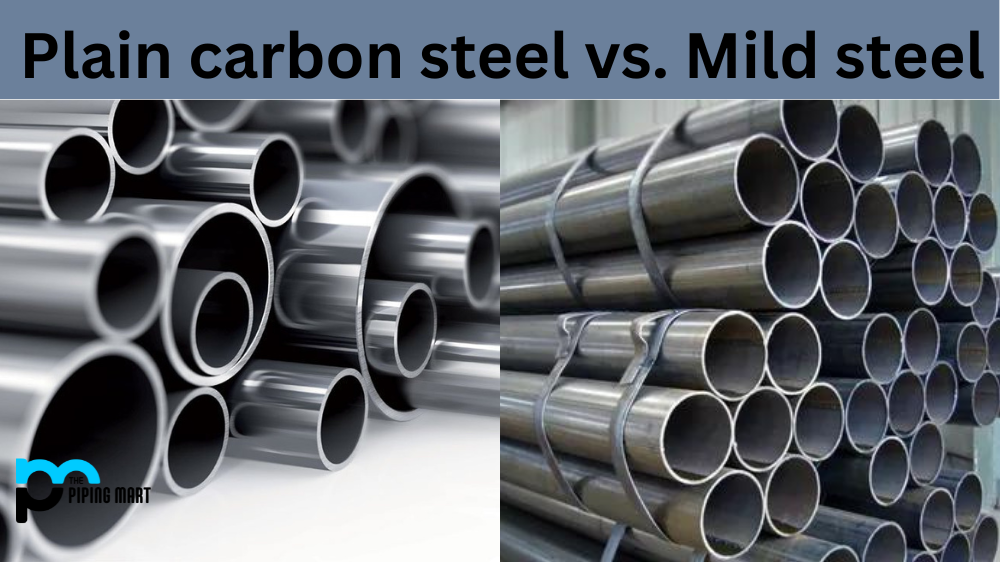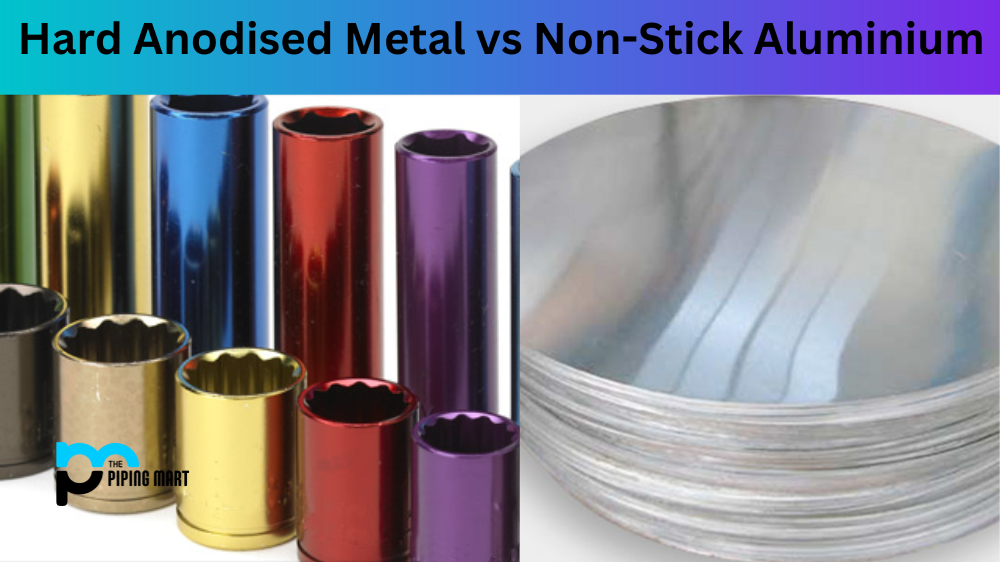Choosing the correct type of steel for a metalworking project can be confusing. There are countless types of steel available, each with its advantages and disadvantages. Two popular types are plain carbon steel and mild steel, so let’s look at how these materials differ.
What is Plain Carbon Steel?
Plain carbon steel is an alloy that contains up to 2.1 per cent carbon by weight. It’s typically used in applications where strength and hardness are required; this includes industrial tools like hammers and wrenches, as well as machine parts. It’s also used in construction projects such as bridges, buildings, and machinery. Plain carbon steel is often referred to as “low-carbon” or “mild” steel because it contains less than 0.3 per cent carbon by weight; this makes it more malleable than other types of steel and easier to work with during fabrication processes like welding.
What is Mild Steel?
Mild steel is an alloy that contains up to 0.3 per cent carbon by weight—compared to plain carbon steel, which contains up to 2.1 per cent—and is therefore considered a low-carbon material. Mild steel is known for its strength and durability; it’s often used in manufacturing products like nuts and bolts and components for cars, planes, ships, furniture, appliances, and more. Mild steel can also be used in construction projects like bridges or buildings because it can resist corrosion better than other metals like iron or aluminium. Additionally, mild steel has good ductile properties—meaning it can be easily formed into different shapes without losing its strength—which makes it ideal for use in metalworking projects such as those involving welding or soldering.
Difference Between Plain Carbon Steel and Mild Steel
- Plain carbon steel is a type of steel that contains carbon as the main alloying element.
- Mild steel is a type of carbon steel with low carbon levels.
- Plain carbon steel can be heat treated to produce a wide range of properties, while mild steel cannot.
- Plain carbon steel is often used for cutting tools and springs, while mild steel is often used for applications such as pipes and structural components.
- Plain carbon steel is more expensive than mild steel, but it offers better value for money.
- Plain carbon steel is more difficult to weld than mild steel, but it can be done with the right equipment and techniques.
Conclusion:
When it comes to choosing the right type of metal for your project, there are many factors you need to consider, such as cost, durability, strength, flexibility, etc. When deciding between plain carbon steel versus mild steel, you should consider both their differences in composition (plain carbon steels contain up to 2% maximum carbon while mild steels have only up to 0.3%) as well as their different uses (plain carbon steels are used primarily for applications requiring strength while mild steels are best suited for metalworking projects). Ultimately though, the decision will come down to what you need from your metalworking project, so make sure you choose wisely!

A passionate metal industry expert and blogger. With over 5 years of experience in the field, Palak brings a wealth of knowledge and insight to her writing. Whether discussing the latest trends in the metal industry or sharing tips, she is dedicated to helping others succeed in the metal industry.




